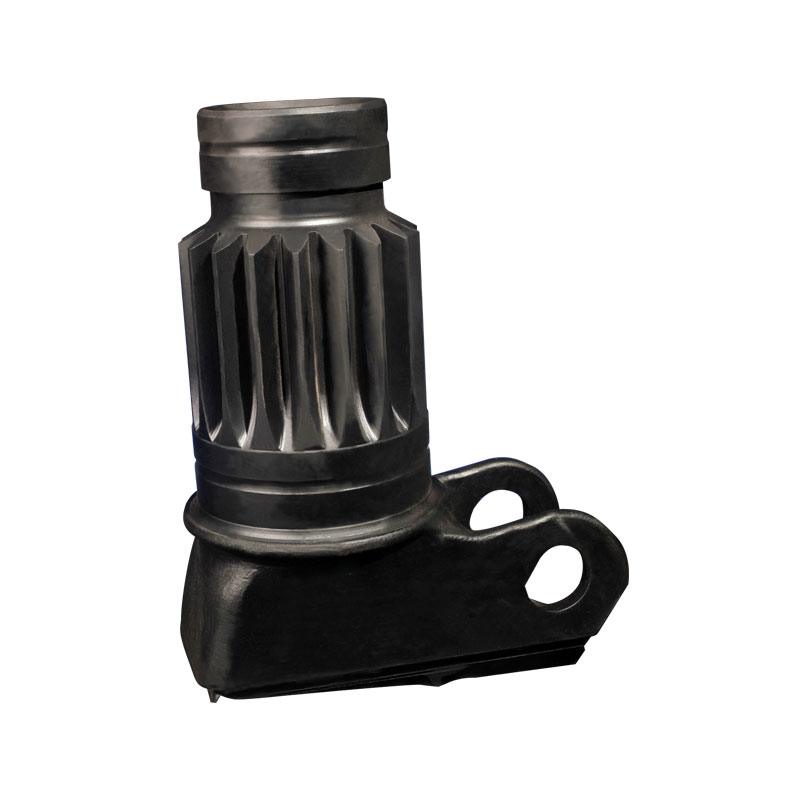Casting steel is a specialized form of metalworking. Di […]
Casting steel is a specialized form of metalworking. Different types of steel are used in this process to form the final product in a near-net or final shape. Casting steel is often used in situations where the ductility and shock-resistance that iron castings can deliver are not sufficient. Here are some examples of steel castings. We will cover Continuous casting, Two-piece molds, and chemical composition of steel.

A major difference between normal and carbon steels is the amount of ductility, which depends on the strength of the steel. The requirements for ductility vary according to the type of steel, its tensile strength, and its alloying content. For instance, quenched-and-tempered steels tend to exhibit higher ductility for a given yield strength than annealed steels. There are various test methods to determine ductility, including Charpy V-notch impact tests, drop-weight tests, and dynamic tear tests. The plane-strain fracture toughness test is another important method to determine ductility.
When selecting the best alloy for a casting project, you should prioritize carbon steel over aluminum. While aluminum castings are often used in a variety of applications, carbon steel is the most flexible and versatile metal for this application. You can choose between a variety of different alloys based on the properties of each, ensuring the best fit for your needs. A number of different companies produce this alloy. To learn more about the benefits of using this steel, contact a local expert at Aero Metals Inc.
In continuous casting, the solid shell of a strand breaks allowing the still-molten metal to escape. This leads to costly shutdown and extended turnaround. The main causes of this problem are variations in the level of the molten metal and inadequate heat management. Here are some ways to reduce the risk of breakout. Adaptation to the material is required to avoid problems during casting. It will save you time and money. Here are some ways to ensure that your continuous casting process runs smoothly.
The surface and internal quality of a continuous-cast product are greatly affected by the conditions inside the mould and the bulging of the solidifying strand below the mould. In these situations, steel chemistry plays a major role. The carbon content and the ratio of the d and g phases in the steel play a major role in controlling the solidification properties. These two components also influence microsegregation. Stainless steel, for example, has different d-g ratios than other grades.



